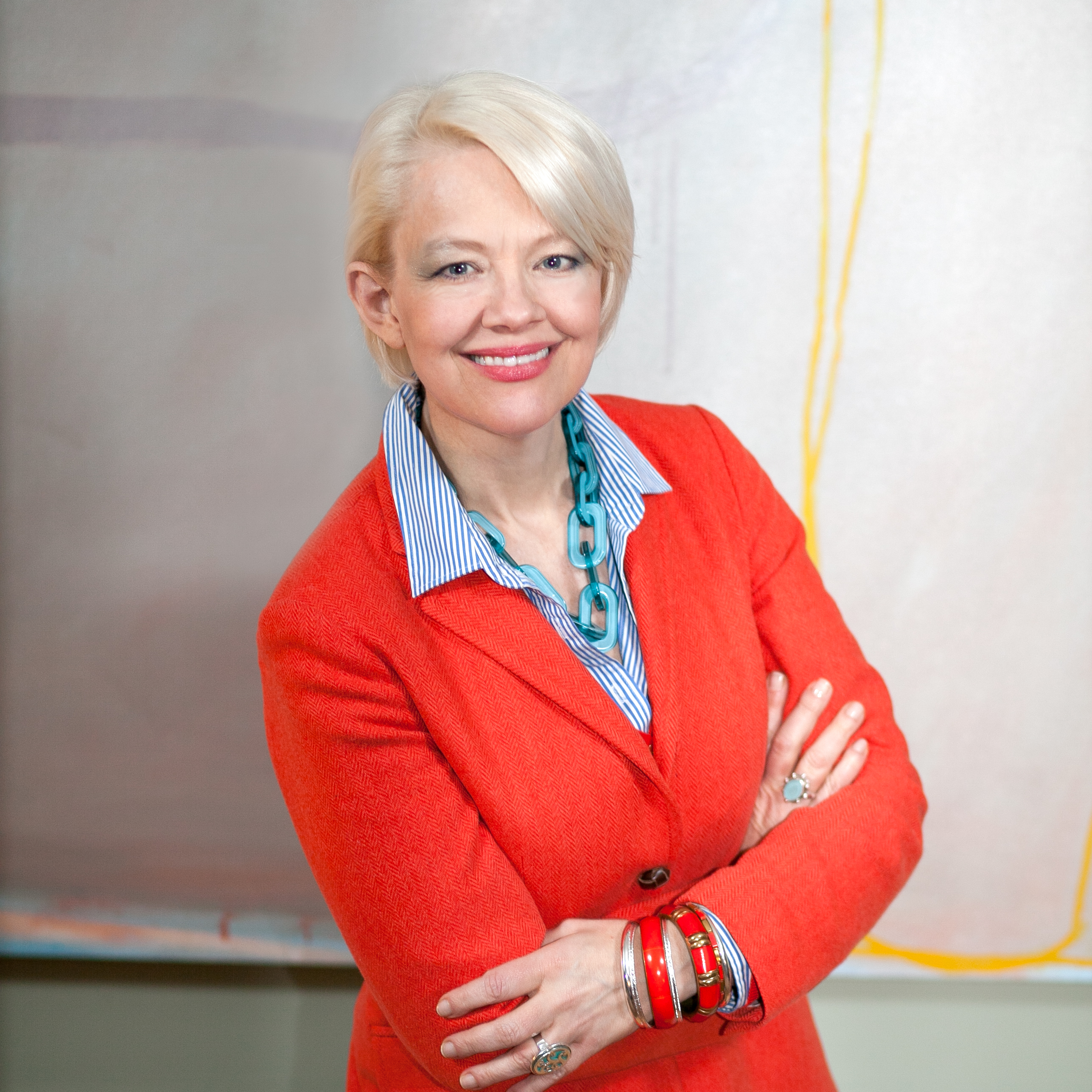Eleanor Roosevelt and I: A match made by Google
- Kim Sajet

- Jan 15, 2018
- 3 min read
Updated: Jul 6, 2019
How the Google Arts & Culture portrait app made me appreciate actions not appearances.

According to a new app by #GoogleArtsandCulture, I look like Eleanor Roosevelt. Jacques Callot, or a boy drawn by James McNeil Whistler were in close contention, but selfies taken with and without glasses, multiple times in different types of light, smiling or not—and trying to hide the messy background of my home office—always brought me back to Eleanor. Truth be told I like being Jacques more than the First Lady because I think the light captures my face better. Also, the artist Douglas Chandor set Eleanor in a schmaltzy soft-focus typical of how male society portrait artists painted une femme d’un certain âge. Like everyone who looks at a portrait I immediately bring my own ‘baggage’ to the exchange. I don’t wish to be airbrushed because of my gender, but I wouldn’t mind aging less.
Apart from a moment of existential crises, Google’s question “Is your portrait in a museum?” has the potential to bring people closer to great works of art. After all, I was linked to amazing individuals who sat for accomplished artists housed in major museums around the World. Or does it? A quick review of social media confirms that everyone is weighing-in on their art historical doppelgänger, and it’s pretty superficial. While some, like the actor Kumail Nanjiani faced off with a rather dashing Mohammed Al Mazrouie and reported @kumailn with pleasure “Hey, this one ain’t so bad”, others like @properly_yours grouses “I can’t even tell you how many selfies I’ve taken with that Google art thing trying to get something that wasn’t horrendously insulting.”
No-one, I saw trolling through the feeds actually made an effort to find out more about their partnered-self, and part of that I’d have to say is probably a failing on behalf of the app which could have worked with the museums to provide more information about their works of art. To be fair, when I tapped on Eleanor’s image, I learned that it was painted in 1949 by Douglas Granville Chandor, and could even take a virtual tour of the White House where it is hung. Cool! But I didn’t learn anything about who Eleanor was as a person. When I tried to find out more about Jacques Callot in the collection of the National Gallery of Art in Washington D.C, I didn’t even get the date. Or links to explore further.
This is part of a major gripe I have with the museums across the World. Often amazing portraits are hung in their galleries, but accompanying labels about the people in the pictures—as opposed to the artists who made them— is the exception instead of the rule.[1] This oversight has just been exacerbated by the Google app. I may be matched with Eleanor and Jacques, but who were they, really?
Well in many respects #EleanorRoosevelt, the wife Franklin Delano Roosevelt, 32nd President of the United States needs no introduction. The longest serving First Lady in history (January 1961-November 1962), she dedicated her life to fighting for human and civil rights and even publicly disagreed with her husband on occasion. A feisty and respected female leader, my favorite quote by her is “A Woman is like a tea bag. You can’t tell how strong she is until you put her in hot water.”
Jacques Callot, it turns out was a printmaker and draughtsman from the Duchy of Lorraine, now in France, living at the turn of the 17th century. Despite coming from a family of wealth and privilege, he identified with the travails of everyday people such as gypsies, beggars, soldiers and little people, chronicling their lives in over 1,400 etchings. Most famously he created a series prints titled Les Grandes Misères de la guerre that showed soldiers’ mistreatment of people during times of war, including pillaging, torture and lynchings. Published in 1633, Callot’s images have been called the first anti-war statement in European art.”[2]
It turns out then, that both of these people, spanning exactly 370 years, cared about the same issues: fighting injustice of the poor, highlighting the plight of refugees, and championing the rule of law. Both, it appears, were people to admire; and so in a strange way the selfie-by-association turned out to make me feel less narcissistic and more grateful to reminded that there have been people throughout history who became leaders not for what they looked like, but what they did.
[1] Of course that’s very different in portrait galleries like the one I work at in Washington D.C., where the sitter is discussed at length ahead of the artist. More on that at a later post.
[2] Ann Sutherland Harris, Seventeenth-century art & architecture, Laurence King Publishing, 2005. pg. 258




Comments